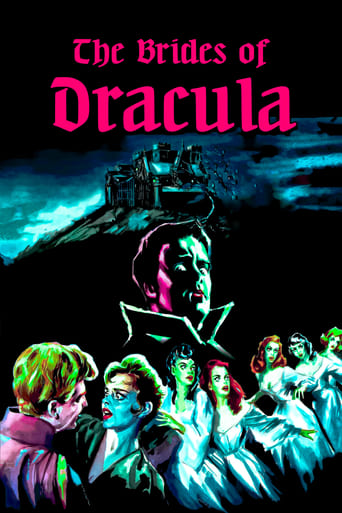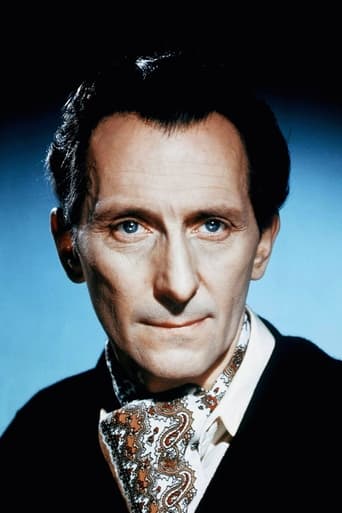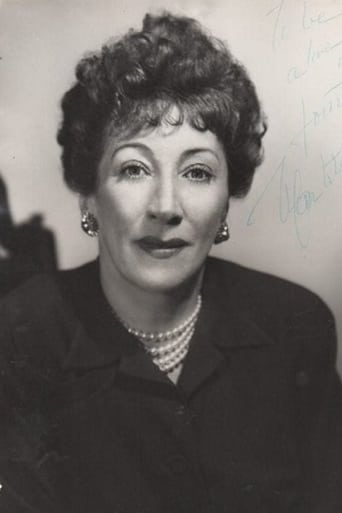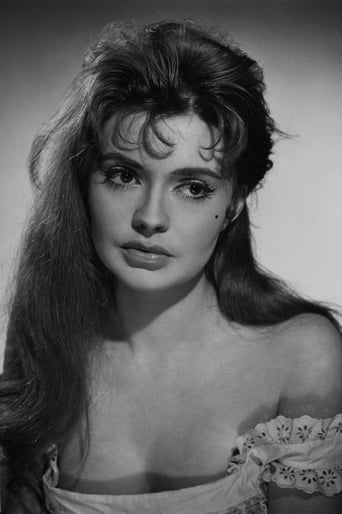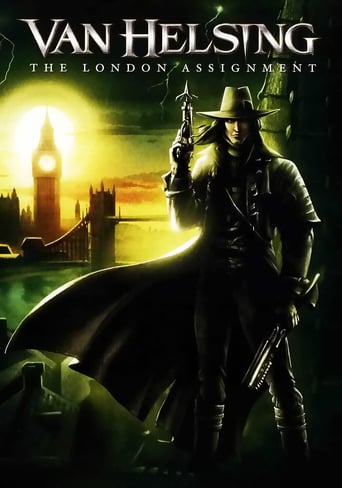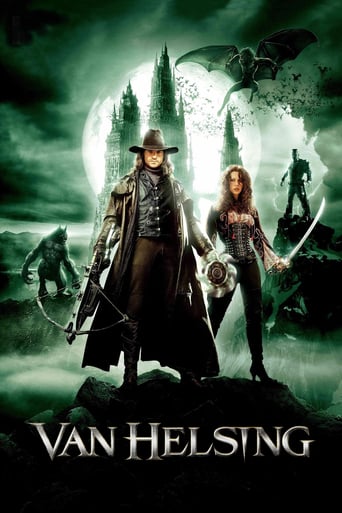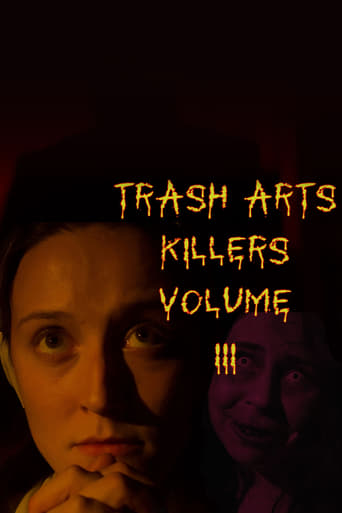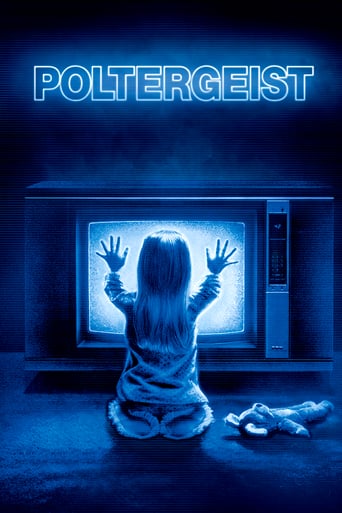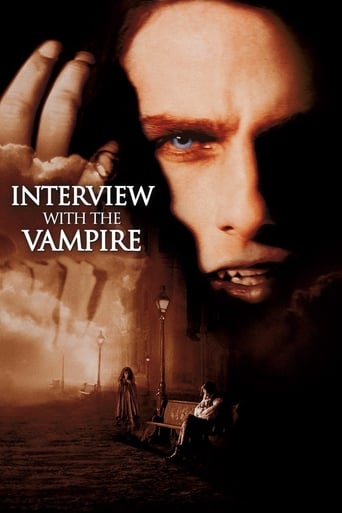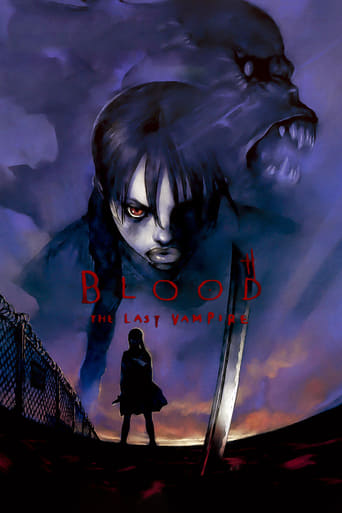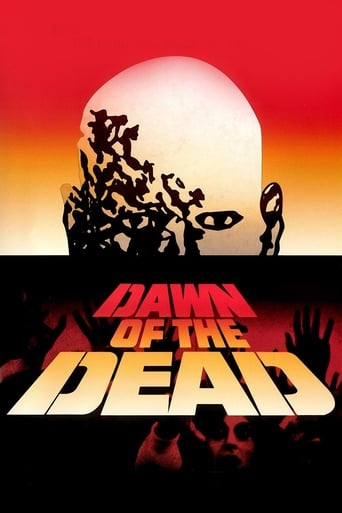The Brides of Dracula (1960)
A young teacher on her way to a position in Transylvania helps a young man escape the shackles his mother has put on him. In so doing she innocently unleashes the horrors of the undead once again on the populace, including those at her school for ladies. Luckily for some, Dr. Van Helsing is already on his way.
Watch Trailer
Cast
Similar titles
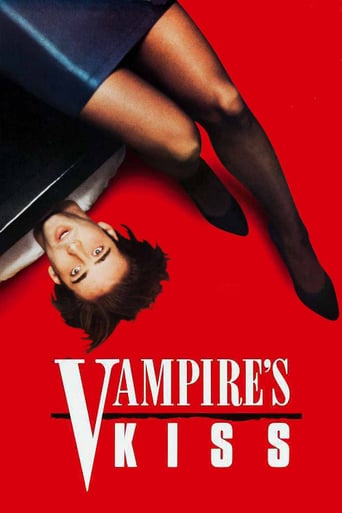
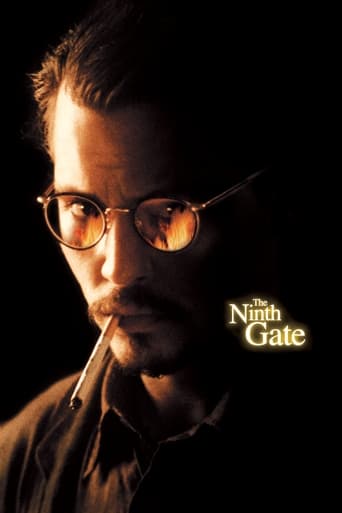
Reviews
Such a frustrating disappointment
Please don't spend money on this.
It's an amazing and heartbreaking story.
The acting in this movie is really good.
Bram Stoker's novel "Dracula" is a rich text, which has retained interest even in a bare-bones adaptation such as Hammer's 1958 film, which succeeds largely because it cuts so much from the long book to create an exciting pacing. Plus, it had red blood and sex appeal--two things lacking from prior Dracula films. So, at least, it was a well-paced action shocker. That's not the case with this, the misnamed "The Brides of Dracula," the first of what would be eight sequels to the '58 "Dracula." Like Universal before them, which released the dull "Dracula's Daughter" (1936) after its successful 1931 adaptation, Hammer follows up its own success with a dud. In both cases, the studio writers weren't up to the task of following in the footsteps of Stoker.There's no sex appeal here despite the hints of incest and homosexuality offered by the vampires' victims. Even "Dracula's Daughter" did better in this regard. There's little blood and, for most of the runtime, no action. There's also no Dracula, nor brides of him. It's over half an hour into the film before Peter Cushing's Van Helsing appears; in the meantime, we're left with an uninteresting, unknowing female lead. There's some mystery in the beginning as to who's a vampire. There's a man who steals a ride on a carriage whose character is never adequately explained; supposedly, he hunted victims for the vampire. We later find out the second and younger of the two mystery men is the main antagonist and vampire of the story--a boyish and entirely lackluster heir to Christopher Lee. Also unlike the '58 original, which was somewhat ambiguous as to its location, "The Brides of Dracula" is firmly set in Transylvania, which is unfortunate because most of the cast is populated with Brits, including some stupid comic relief that exemplifies that British strand of humor based on class and regional accents.Cushing's Sherlock Holmes-type Van Helsing lacks his Watson (the Arthur character in the '58 film) this outing, which might be part of the reason his process of vampire hunting seems much duller than before. A local priest briefly fills this void, though. Plus, it's nearly 50 minutes into the thing before Van Helsing encounters any danger--a female vampire raising a hand from the grave despite an obvious continuity error where she opens her unbroken coffin afterwards and from a laughably shallow burial (it takes a very weak person, let alone a vampire, to struggle to emerge from that dust heap). There are a couple more action bits after this between Van Helsing and kid-vamp Baron Meinster. In these incidents, this sequel adds a bunch of new vampiric folklore to the series. Apparently, one can burn off the bite marks of vampires, thus avoiding turning into one themselves. Holy water is like acid to vampire faces. Vampire brides stand by mute and motionless when their master is getting his butt kicked by a vampire slayer and, presumably, helplessly burn to death in a windmill while humans have the gumption to make an exit. And, you can create a makeshift cross out of just about anything--even the shadow of a windmill turned at just the right angle can do the job. Hammer's vampires are wimps.(Mirror Note: On the plus side, this film does have the best mirror shot in Hammer's Dracula series: an unbroken moving-camera mirror shot not revealing the Baron's entrance through the mirror due to his lack of reflection, but behind the Gina character, as the camera moves away from the mirror.)
The title is something of a misnomer. As the story goes, following the worldwide success of Hammer Studios' "The Horror of Dracula" in 1958, star Christopher Lee decided that he did not wish to participate in any possible sequel, fearing that he might be later typecast in the vampiric role. Thus, despite the sequel's title, "The Brides of Dracula" not only does not feature Lee's participation at all, but the world's most famous neck nosher is nowhere to be found. Rather, what the viewer gets here is another Transylvanian vampire, an acolyte of Dracula's dark religion, if you will. But the results, even without Lee, are still most impressive, and even though Lee would later return in the following decades to appear in no fewer than six Dracula films for Hammer ("Dracula, Prince of Darkness" in '66; "Dracula Has Risen From the Grave" in '68; "Taste the Blood of Dracula" and "Scars of Draula" in '70; "Dracula A.D. 1972 in, uh, '72; and "The Satanic Rites of Dracula" in '73), "Brides," released in July 1960, remains one of the very best of the bunch.In the film, a beautiful young teacher, Marianne Danielle (French actress Yvonne Monlaur, who, that same year, would appear in another famous fright outing, "Circus of Horrors"), travels into the wilds of Transylvania to begin her new job at a school for young girls. When her coach driver abandons her at a local tavern, she accepts the offer of the Baroness Meinster (a most impressively imposing Martita Hunt, perhaps best known to viewers as Miss Havisham from 1946's "Great Expectations") to spend the night at her nearby castle. Once there, Marianne espies, from her balcony window, a young man, who she later learns is the Baroness' supposedly invalid son (and played by the handsome, blonde David Peel). Marianne ventures into the forbidden part of the castle to talk to the young man, only to learn that he is shackled by the leg and desperate for his freedom. Thus, the softhearted girl steals into the Baroness' room and steals the key to the young man's chains, later effecting his release. But little does the young woman know that the Baron Meinster is actually an undead bloodsucker, and that his release will lead to a new scourge of nightly depredations in the village. Fortunately, for one and all, the village priest had already become suspicious of the Baroness and her castle, and had sent for one Dr. Van Helsing (the great Peter Cushing, reprising his role from the earlier film, and who, just a few months earlier, had appeared in the undersung, literate horror offering "The Flesh and the Fiends") to come to their aid....Strangely enough, despite Lee's nonparticipation with this vampire sequel, his absence is never truly missed, as the film manages to keep the viewer otherwise riveted and entertained. Director Terence Fisher, who had helmed the original film, does his usual sterling best at creating atmosphere, and the picture boasts some impressive sets (the Meinster castle is a thing of truly awesome beauty) and fine production values. Marianne makes for an appealing heroine, both gorgeous to look at (those lips might give even Angelina Jolie cause for envy!) and surprisingly spunky overall; impressively, she does not scream once, even when her fellow teacher, Gina (actress Andree Melly), rises from her coffin as the newest, toothsome inductee of the undead. Cushing's Van Helsing, needless to say, is wonderful, as always: supercool, urbane, intelligent, unflappable, and truly, anyone's idea of the idealized vampire fighter. The 47-year-old actor even gets to do some impressive physical stuntwork in the film (jumping off of a high porch, hanging from the vane of a windmill, and engaging in rough-and-tumble fighting with the Baron). I might add that the Baron himself is eliminated at the film's conclusion in a most ingenious manner (no mere staking through the heart here!), and that the film contains any number of impressive sequences. Favorites for this viewer include the highly atmospheric sequence in which Marianne and the Baroness converse over dinner in the castle, the one in which Gina reawakens and bares her fangs, and, perhaps most memorable, the one in which Van Helsing is bitten in the neck by the Baron, and is forced to cauterize his wound with a red-hot brand. Ouch! Another moment that I highly appreciated: When Marianne says to the Baroness "God bless you," and the Baroness murmurs in reply "If only He could...." Actually, I only had a single quibble with this film, and that is the matter of the Baron being imprisoned with shackles by his mother. But if the vampire Baron can easily turn into a bat at any time, would a leg manacle actually be an effective means of retainment? But this single cavil aside, "The Brides of Dracula" remains a very fine offering from the legendary House of Hammer....
This movie begins with the short explanation that Count Dracula is dead--but his disciples live on. The film then shows a stagecoach being driven extremely fast over a dirt road and eventually coming to a stop at a nearby village where the lone passenger named "Mdm Danielle" is dropped off before the carriage speeds off again. It's at this time that an elderly woman walks into the inn and offers Mdm Danielle a place to stay for the night. She is then driven to a castle on the outskirts of the village. That night she meets a strange man by the name of "Baron Manster" who has been shackled inside a room within the castle and he convinces her to get the key and let him loose. Upon doing that what she doesn't realize is this particular person is no ordinary man--but a vampire who has now been set free to wreck havoc on the nearby countryside. Now rather than reveal any more I will just say that this particular film managed to continue the fine Hammer tradition of establishing a good, solid Gothic setting necessary for a movie of this type. Yet, even though it had a good story and more than adequate performances for the most part, I didn't particularly care for the ending or the selection of David Peel (as "Baron Meinster") for the role of the vampire. He just didn't seem to have the same sinister quality that actors like Bela Lugosi or Christopher Lee manage to convey on screen. But that's just my opinion. In any case, I liked this film in spite of the previously mentioned criticisms and I have rated it accordingly. Slightly above average.
This movie starts out really good... enter Van Helsing and it stays a good movie for awhile then somewhat goes down hill. The ending was OK - I liked the idea of the windmill - in fact that is very creepy! To me the movie hits a lull around 50 min to an hour into the film but does pick back up in the end.David Peel was pretty good as Baron Meinster but just not very convincing as a vampire IMO. Martita Hunt is ideal for the role of Baroness Meinster - she is quite good in this movie. Yvonne Monlaur was very pleasing to watch as Marianne. And Peter Cushing is, once again, smashing as Doctor Van Helsing.Just some random thoughts on the title of the film because the title is a bit disappointing - yes The Brides of Dracula does fit it to a degree because as they basically said in the beginning narration that Dracula is dead but his brood is still around but maybe a title like "Meinster Manor", "Castle Meinster" or even "The Baron" would have fit the film better. But I guess they needed "Dracula" in the title to help tie in Dr. Van Helsing's part. Hummm... why does a film that surrounds Dracula have to have his name in the title? Personally I would have liked to see this title reserved for Dracula's 3 brides.Anyway, I would have rated the film higher except for the fact there was a bit of a 30 minute lull.6.5/10
